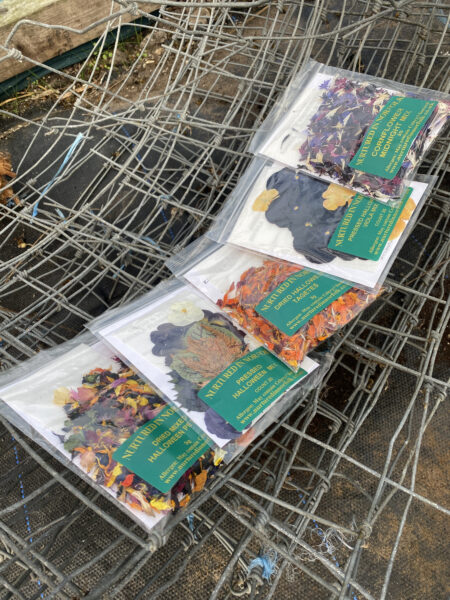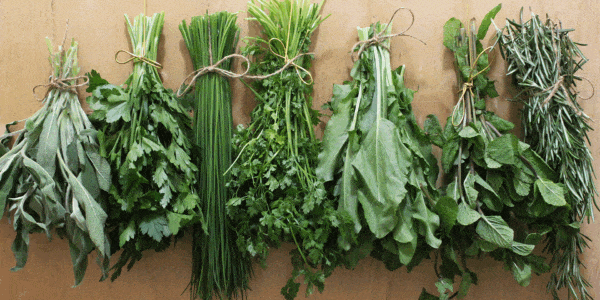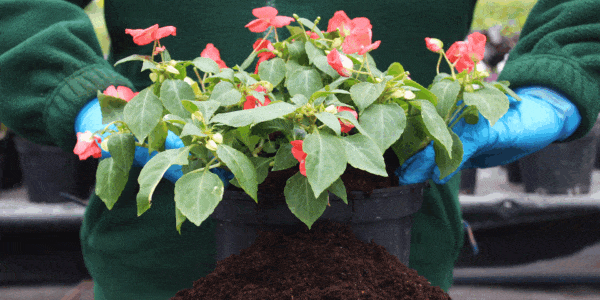 20 October 2022 | Horticulture Hacks
20 October 2022 | Horticulture Hacks
Growing your own Viola Flowers

Viola Flowers are the topic of conversation this week!
Nurtured in Norfolk’s gardening expert Martyn Davey answers all your questions and gives his top horticulture hacks.
If you would like any horticulture query answered please do e-mail our head grower at martyn@nurturedinnorfolk.co.uk to add your thoughts to our horticulture hacks.
Dear Martyn,
I have been growing violas from seed since 2016 after I bought an initial set of plants. Occasionally I have had various issues like aphids and root rot but this year my plants got downy mildew and then powdery mildew for the first time. Do you know if downy mildew or powdery mildew can be spread through the seeds from infected plants? I don’t want to give away my extra seeds from this year and accidentally spread downy mildew or powdery mildew to my friend’s garden, especially the downy mildew as it is so difficult to get rid of.
(I have been researching on my own and the only information I could find about downy mildew spreading through seed was for basil plants.)
E. Kalsow
Dear Reader,
Viola flowers are some of the most rewarding plants to grow; the flowers that resemble the characteristics of the human face always seem to look up to you with delight. These same flowers are edible and excellent for cake decoration, drying, pressing and mixing with other material in salads. Violas and pansies are similar in how they set vast amounts of viable seeds indeed where ever I grow them on the nursery they seem to spread their seed into any soil or compost they can find and grow well.
Viola flowers will grow well from seed sown from early spring right through to September, they do not like the heat of summer and do best as a winter flowering plant that will give great displays from early spring through to late June and will be back in flower from September off and on then through the winter. That is not to say they don’t flower in summer but they much prefer the colder months.
Powdery and downy mildew are the gardeners worst enemy when it comes to fungal diseases while we can cope with most other fungal issues these are the most common for violas. When growing viola flowers in the glasshouse on the nursery for flower production we have fans running all the time to try and keep good air movement and reduce humidity which is the main cause of fungal disease in the green house. With careful watering avoiding getting water on the leaves this is achievable which will help reduce the Downey mildew. The air movement also helps to reduce the risk of powdery mildew in conjunction with weekly applications of SB plant invigorator which help to control mildew.
Downy mildews are caused by microscopic, fungus-like (Oomycete) organisms. Despite a similar name and certain similarities in symptoms, they are unrelated to the powdery mildews. The disease is spread by spores produced on the underside of infected leaves. These spores are splashed by rain, and are also sometimes carried for long distances in the wind. Extended periods of leaf wetness are required for infection, so severe outbreaks of downy mildew are only likely to occur outdoors during wet summers. Where plants such as lettuces are grown in glasshouses, the disease may be present throughout the year and can cause major problems in spring and autumn, as it is very difficult to control humidity and leaf wetness at these times.
Many downy mildews produce their spores at night, and extended periods of high humidity or leaf wetness overnight can lead to severe outbreaks. The airborne spores remain viable for just a short time, but most downy mildews also produce a second spore type (a resting spore known as an oospore) within the affected plant tissues. These resting spores are much more resilient. They are released into the soil as the diseased material rots down, and are likely to survive for an extended period (up to five years). If the host plant is grown again in contaminated soil while the resting spores are still viable, they may infect it through the roots to cause a systemic infection (one that spreads throughout the plant). Your seed could contain fungal spores from direct systemic infection via vascular system some downy mildews and a few bacteria, have a direct connection between embryonic & endospermic tissue becomes disconnected as seed develops. Potential for transmission is not great but it is possible.
Consider soaking the seed in a dilute solution of Milton disinfectant for 12 hours before sowing. Mix up at a rate of 1: 200 this should kill any fungal spores on the outside of the seed. I like to use fresh seed from disease free stock whenever possible.
When sowing always use fresh clean compost to avoid over wintering spores. The same treatments can be used to help reduce powdery mildew also. Powdery mildew is unlikely to be in the seed as it tends to grow on green structures and will over winter on fallen leaves.
Jobs for the week
- Clean out old frames and greenhouses so they are ready for use now we are in autumn.
- Cut out the tops of indoor tomato plants now to encourage the fruit that has set to ripen, remove lower leaves to expose the fruit to whatever sunlight there is to help ripen the fruit.
- Harvest potatoes and any other crops left in the ground to avoid pest damage dry the skins in the sun before storage.

